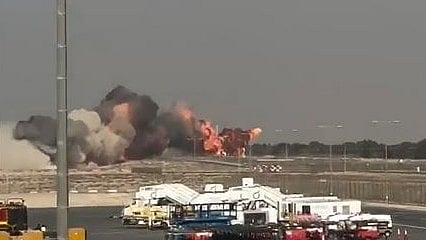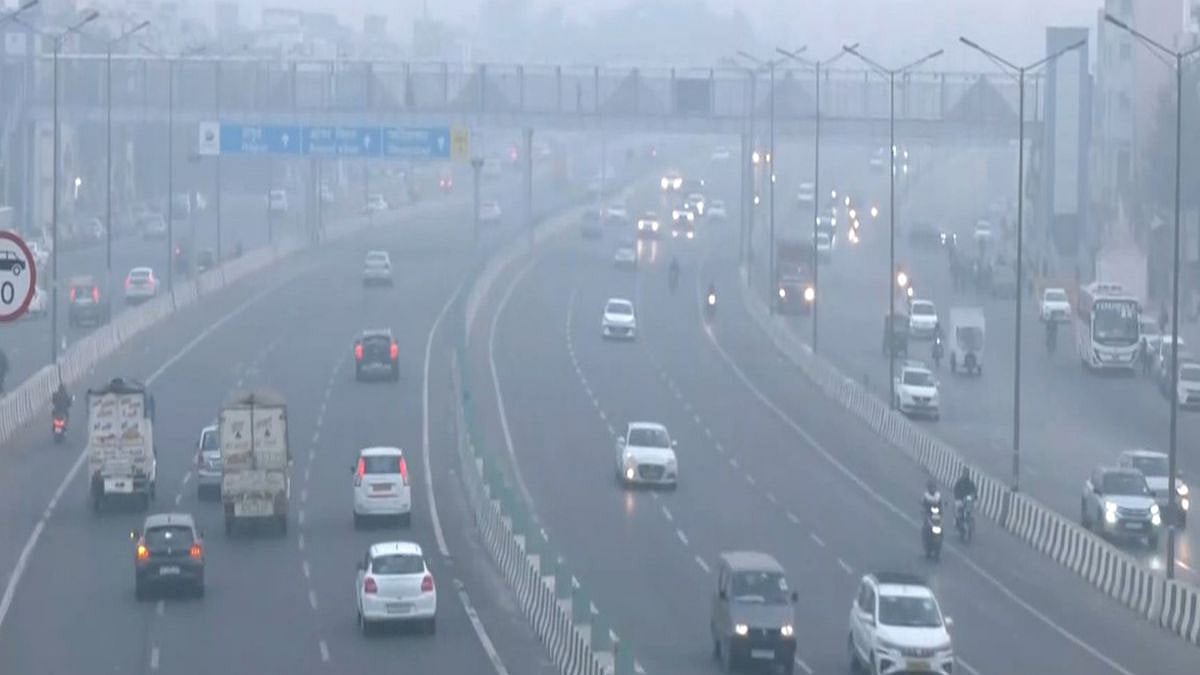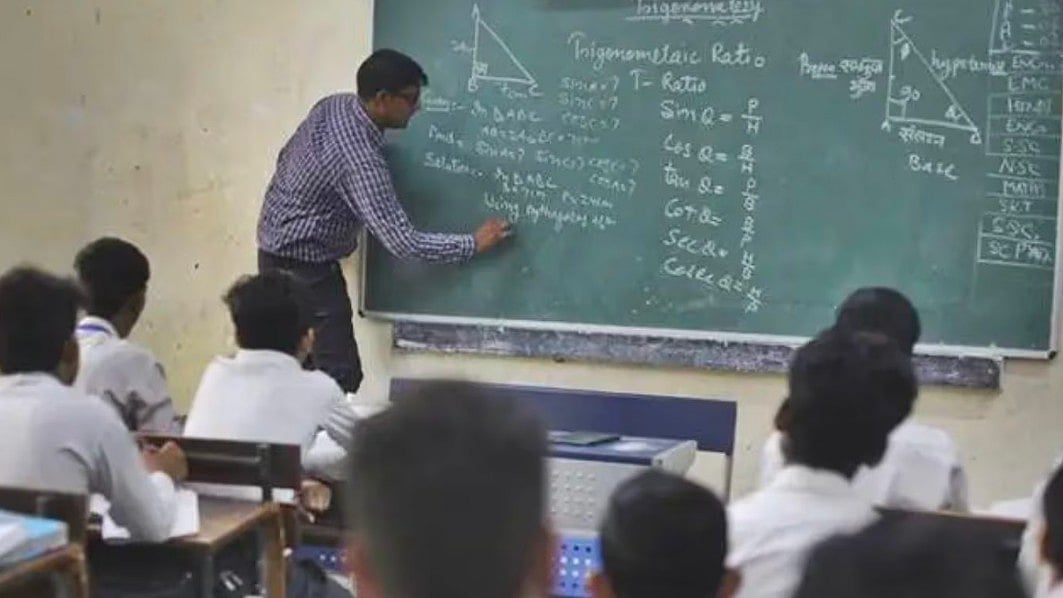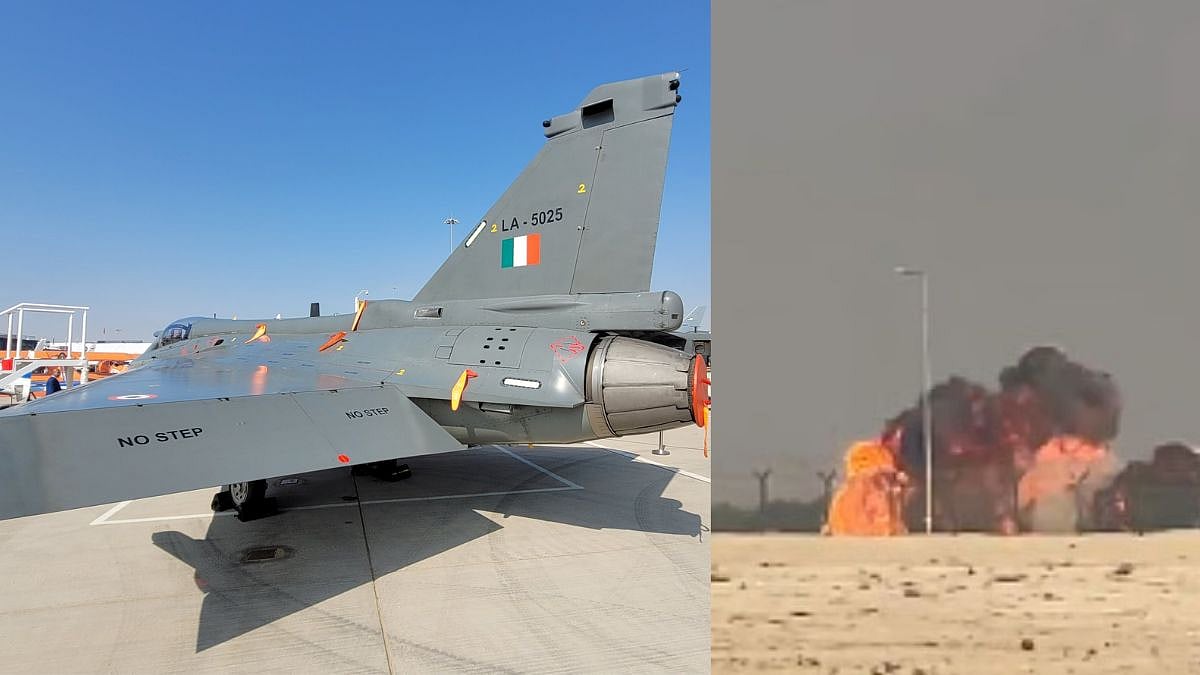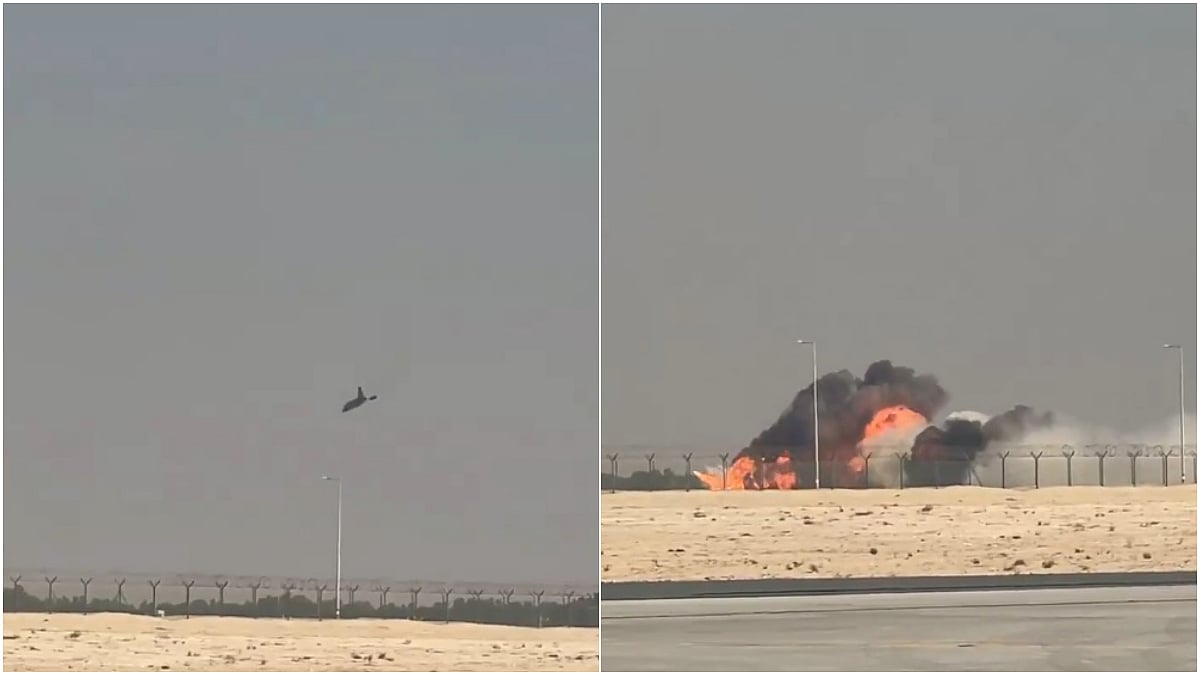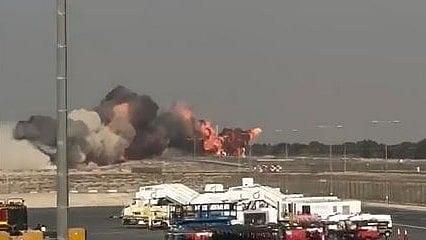The Indian Air Force has ordered a Court of Inquiry to determine the cause of a fatal crash involving a Tejas fighter jet during an aerial display at the Dubai Air Show on Friday. The indigenous light combat aircraft went down at Al Maktoum International Airport around 2:10 pm local time while performing a demonstration routine.
In a statement, the IAF confirmed that the pilot lost his life in the accident. “The Indian Air Force deeply regrets the loss of life and stands with the bereaved family in this moment of grief. A Court of Inquiry is being constituted to ascertain the cause of the accident,” the force said.
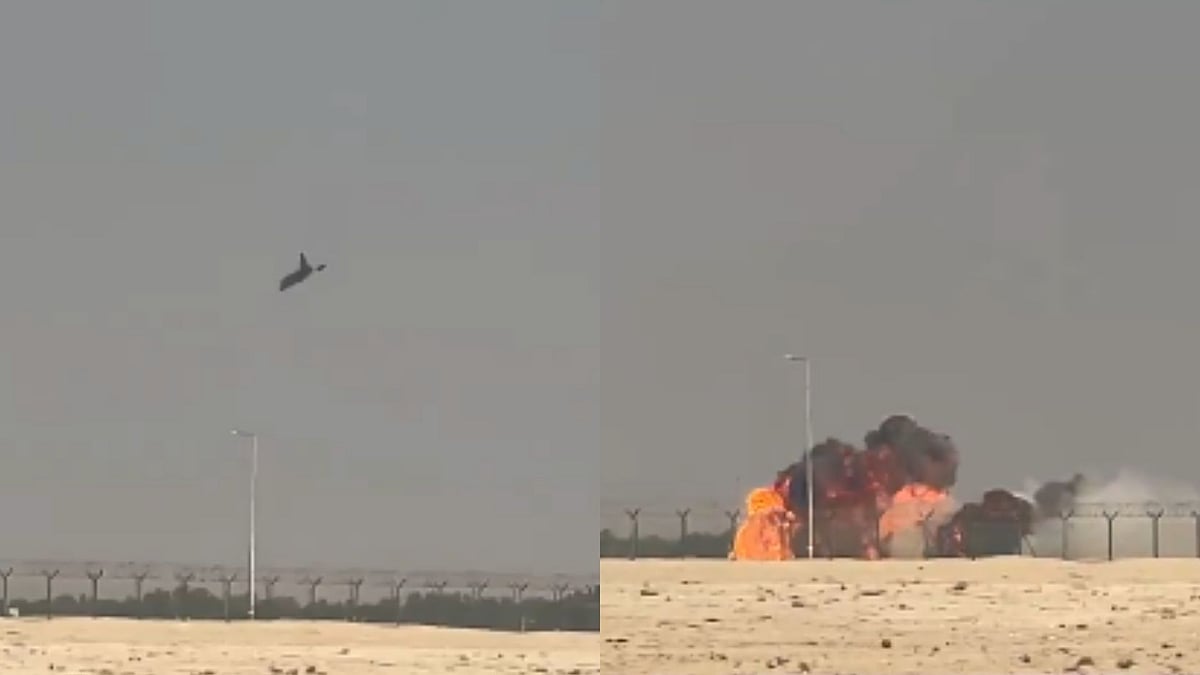
The crash occurred in full view of spectators gathered at the biennial aviation event, which has attracted global attention this year with major aircraft orders announced by Emirates and FlyDubai. Dramatic visuals showed a plume of thick black smoke rising from the runway area moments after the jet went down, while emergency sirens echoed across the venue.
Authorities in Dubai have yet to release details on whether the pilot attempted to eject or if any injuries occurred on the ground. The accident has cast a shadow over India’s participation in the event.
The Tejas, manufactured by Hindustan Aeronautics Limited, is a key component of India’s efforts to modernise its fighter fleet. This is the second incident of Tejas crashing. Earlier, in 2024, a Tejas had crashed in Pokhran, Rajasthan, due to engine failure.
About Tejas Jet
The Tejas is a 4.5-generation, multi-role combat aircraft designed for air-defence duties, offensive air support, and close-combat missions. It is recognised as one of the smallest and lightest fighter jets in its category.
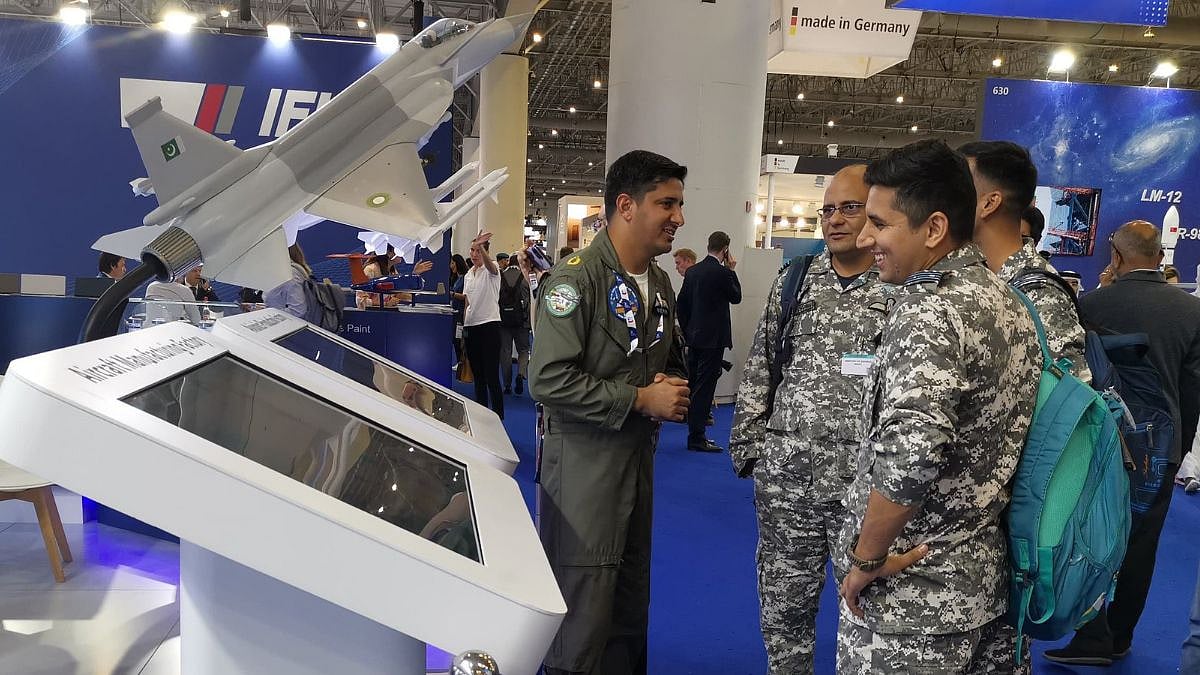
One of its standout safety features is the Martin-Baker zero-zero ejection seat, which enables a pilot to eject safely even at zero speed and zero altitude, including during take-off, landing, or low-level manoeuvres. The mechanism works by detonating an explosive charge that jettisons the canopy, propels the pilot away from the aircraft, and then deploys parachutes to ensure a controlled descent.
